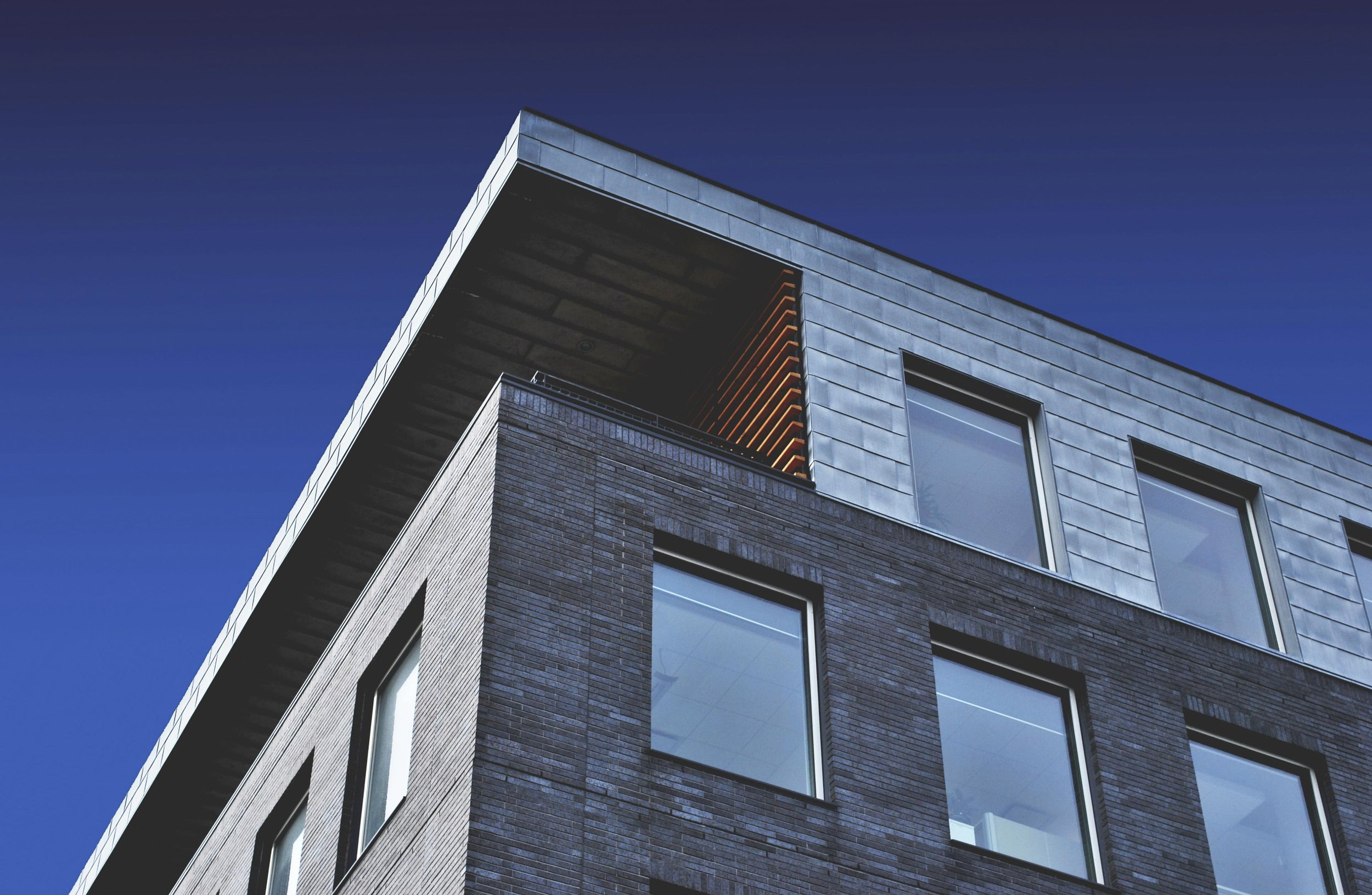OUR PRODUCTS
Our Glass

Double or triple glazing
A double or triple glazed unit of up to 40mm can be installed in our aluminium frame.
DOUBLE GLAZING
Up to 3 Low-E Coatings
Windows which have two layers of glass with a space between them, designed to reduce loss of heat and exclude noise.
Low E Thermal Coating
By adding 1, 2, or 3 very fine layers of silver to the glass. This will help the glass perform better at blocking UV rays and lessening solar heat gain and reduces radiant heat loss meaning a higher performing window tailored to your exact requirements.
Argon Gas
This can also be added to improve thermal efficiency.
TRIPLE GLAZING
Up to 6 Low-E Coatings
The increased insulating airspace of triple-pane glass delivers even better energy efficiency and noise reduction.
Low E Thermal Coating
In triple glazing, Low-E can be added to multiple surfaces, thus improving thermal efficiency further, but with a reduction in light.
Thermal efficiency better than 30% of double glazing.
Greater noise reduction from high-frequency noises.
Argon Gas
This can also be added to improve thermal efficiency.
VACUUM DOUBLE GLAZING
Up to 5 Low-E Coatings
Windows with vacuum glass are the highest performing thermally and the best to reduce unwelcomed sound.
Low E Thermal Coating
Almost twice as efficient as double glazing and 20% better than triple glazing.
Argon Gas
This can also be added to improve thermal efficiency.
DOUBLE GLAZING GLASS TINT & LOW-E OPTIONS
Our low-E is an offline low-E glass, which refers to the use of vacuum magnetron sputtering process on the professional coating production line to coat one or more functional composite films containing silver on the surface of the glass pane
CLEAR TINT
VLT visible light transmission: 78%
VLR Visible Light Reflectance: 14% EXT
VLR Visible Light Reflectance: 14% INT
SHGC: 0.70
U-Value: 2.4
GREEN TINT
VLT visible light transmission: 62%
VLR Visible Light Reflectance: 10% EXT
VLR Visible Light Reflectance: 12% INT
SHGC: 0.40
U-Value: 2.4
Grey TINT
VLT visible light transmission: 39%
VLR Visible Light Reflectance: 7% EXT
VLR Visible Light Reflectance: 11% INT
SHGC: 0.48
U-Value: 2.4
Blue TINT
VLT visible light transmission: 47%
VLR Visible Light Reflectance: 8% EXT
VLR Visible Light Reflectance: 12% INT
SHGC: 0.39
U-Value: 2.4
LOW E CLEAR
(1 COATING)
VLT visible light transmission: 76%
VLR Visible Light Reflectance: 12% EXT
VLR Visible Light Reflectance: 16% INT
SHGC: 0.51
U-Value: 1.6
LOW E CLEAR
(2 COATINGS)
VLT visible light transmission: 72%
VLR Visible Light Reflectance: 12% EXT
VLR Visible Light Reflectance: 12% INT
SHGC: 0.41
U-Value: 1.1
LOW E CLEAR
(3 COATINGS)
VLT visible light transmission: 68%
VLR Visible Light Reflectance: 14% EXT
VLR Visible Light Reflectance: 18% INT
SHGC: 0.30
U-Value: 0.92
VACUUM COMPOSITE HOLLOW GLASS
Vacuum glass also known as evacuated glazing is a type of insulating glass that is designed to provide exceptional thermal insulation it consists of two or more glass panes that are sealed together around the edges with the space between them evacuated to create a vacuum.
HOW IT WORKS
The vacuum between the glass panes eliminates heat transferred by convection and conduction, which are the primary modes of heat transfer in traditional double glaze windows. Without any air molecules in the gap there are no molecules to transfer heat so there is no thermal conduction or convection between the glass panes.
This means that the gloss has a much lower U value (a measure of thermal conductivity) and a higher R value, making it a highly efficient insulator when combined with double glazing or as a standalone glass type.
BENEFITS
All glass is double glazed, Low E and toughened on both layers. The Residential Thermal and Commercial Thermal Series have 6mm on 6mm minimum with a 12mm cavity, is filled with Argon Gas, has Low E, can be triple glazed and have superior insulation R value of .56















